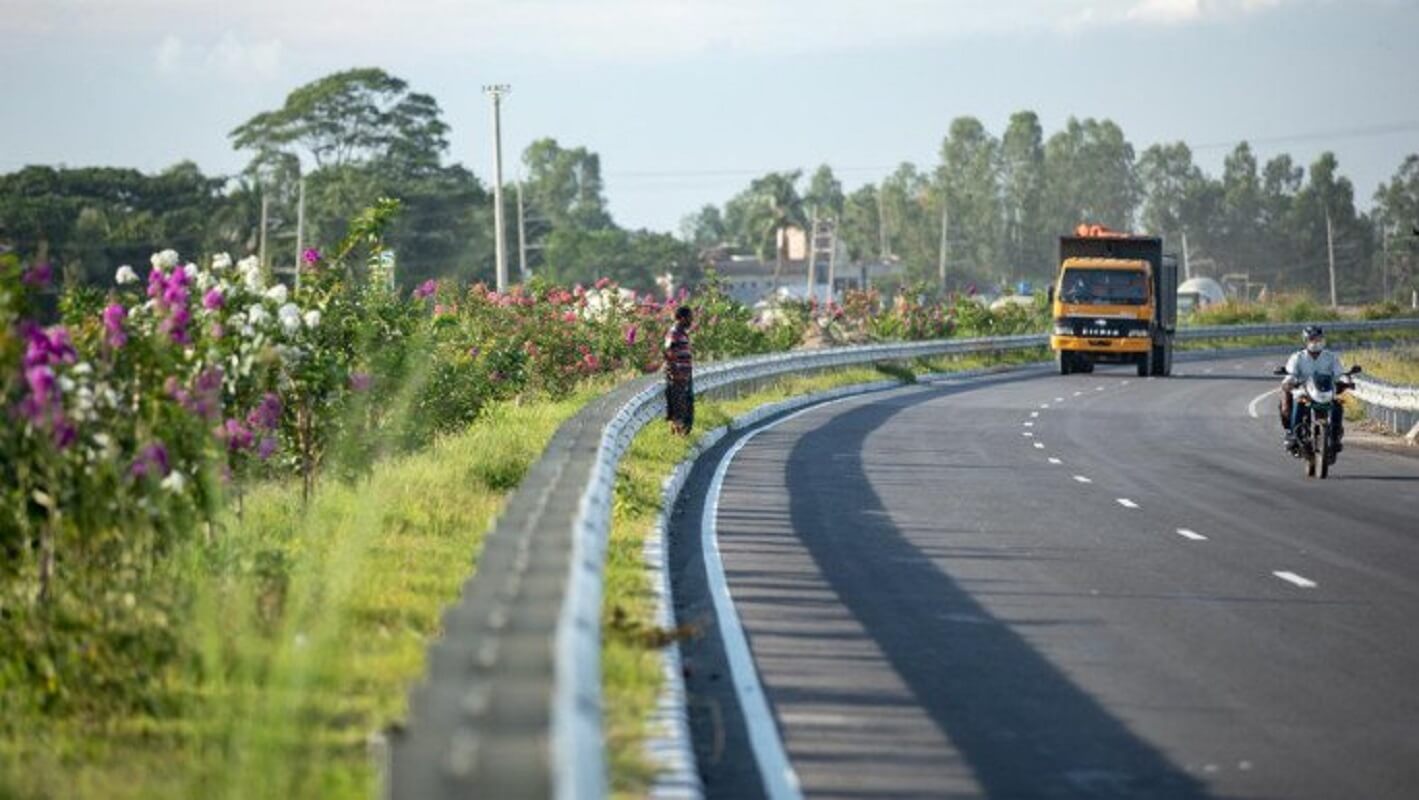Road Accident: A Major Concern of Bangladesh
Sabiha Akter Seema | 18 May 2022
There has been an alarming rise in the number of road accidents in Bangladesh over the last few years. The number of accidents and fatalities has continued to increase from 2020 to 2021. According to the Bangladesh Road Safety Foundation’s (RSF) annual report, at least 6,284 people died, and 7,468 others were injured in road accidents between January and December 2021, compared to 5,431 people dead and 7,379 injured in road collisions in 2020.
Meanwhile, according to Nirapad Sarak Chai (NSC-We Demand Safe Roads), 4,289 people died in 3,793 traffic accidents in 2021.
Motorcycles have generally been the most dangerous method of transportation in the country, with two-wheelers accounting for the majority of traffic incidents.
The RSF data elaborates that motorbikes were involved in 38.68 percent of all accidents in 2021. At least 2,214 individuals were killed, and 1,309 were injured. These collisions involved a total of 2,078 motorcycles. This was a stark increase from 2020, when 1,381 people were killed and 1,463 people were injured in motorbike accidents. In addition, 927 women and 734 children perished in traffic accidents in 2021, compared to 871 women and 649 children in 2020.
RSF also published survey data that shows students accounting for 11% of all fatal road accident victims in April 2022. According to the data, 543 people were killed in 427 traffic accidents, including 63 students. Every day, an average of 18 people are killed in car accidents.
Some of the many reasons behind the increasing number of traffic accidents include: Reckless driving, overspeeding, forced overtaking, breaking traffic laws, illegal and dangerous competition, long-term driving without a break, being under the influence of drugs and alcohol, incompetency of the driver, hazardous roads, careless bike riding, an ineffective traffic management system, and a lack of public awareness.
Another important factor contributing to the increasing frequency of road accidents is rapid urbanization and motorization.
On November 25, 2021, a large group of students blocked busy roadways and harassed drivers in Bangladesh’s capital to protest the death of a high school student in a car accident. Thousands of uniformed students stopped traffic outside the national parliament and Dhaka’s central business district. Similar street protests prompted by the deaths of two students in a bus accident in 2018 evolved into a national movement that shut down traffic for a week across the country, sparking a government response. Authorities eventually passed a road regulation toughening penalties for irresponsible driving, but we have not seen any implementation of the regulations.
For comparison, we may look at the history of traffic accidents in China. Huiqing Jin, a Chinese epidemiologist, performed epidemiological studies on car accidents in the 1980s. Shenyong Wang of Jinan University and other researchers from various institutions quickly followed him, conducting several relevant studies in a cross-disciplinary effort to better understand how, why, and when traffic accidents occurred—and how government policy could help drivers and passengers have better health outcomes. Their efforts resulted in China’s first road traffic safety law being passed in 2003. According to Jihong Zhou, director of China’s Institute for Traffic Medicine, this rule, among others, has aided in reducing the country’s rapid rise in traffic accidents and fatalities. According to Liang, the number of serious traffic accidents (those resulting in death or disability) reduced from 49 per year on average before 2008 to just two in 2019.
The government of Bangladesh should invest in conducting similar research on the rising rate of traffic accidents and strictly implement the existing road traffic act of 2018.
Comprehensive steps need to be taken to address road safety. This will necessitate participation from various sectors of society, including transportation, law enforcement, education, and initiatives that address the safety of roads, cars, and road users.
Some of the ways the government can make Bangladesh’s roads safer include: Maintaining, fixing, and modernizing roads; installing dividers on national highways; installing warning signals for hazardous locations; mass dissemination of knowledge on driving and road safety through the media; and exemplary punishment for violating traffic laws.
For a long-term solution, raising public awareness through evidence-based information distribution campaigns, prioritizing road safety in the national policy, and strictly enforcing road traffic laws will enhance road safety and reduce the number of people killed or injured in traffic accidents in Bangladesh.
We, as citizens, also have a responsibility to ensure road safety. Passengers using public transportation should protest and demand that bus and taxi drivers cease speeding and driving recklessly. Employed drivers should have valid licenses, be well trained, and drive safely. Community leaders can also promote road safety by providing road safety education to pedestrians, particularly children, within their communities.
Sabiha Akter Seema, Program assistant, Centre for Governance Studies.
Views in this article are author’s own and do not necessarily reflect CGS policy.
